Site assessment criteria for sustainable offshore cage culture of marine fishes
Aquaculture is growing annually at a rate of around 11 percent, and contributing almost 30 percent of the total world fisheries production. Supporting this expansion will require more efficient, cost-effective, and environmentally sustainable methodology.
The offshore environment offers great potential for aquaculture expansion, because it avoids many conflicts and impacts that can affect land-based aquaculture. However, a detailed site assessment must be conducted before the establishment of an offshore mariculture operation.
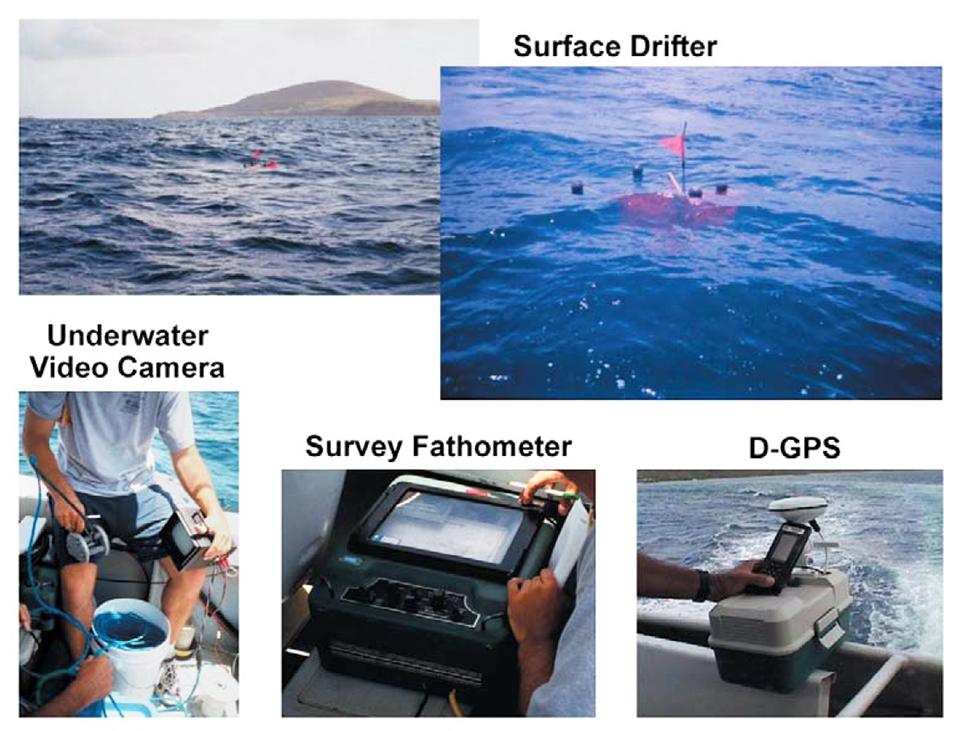
Benefits of offshore cage aquaculture
According to McVey (1997), offshore aquaculture has many advantages over land-based aquaculture, including:
- Reduction in conflicts with other users and objections from adjacent landowners.
- Avoidance of the ecological carrying capacity limitations of inshore waters.
- Access to larger volumes of highquality water for finfish or filterfeeding organisms.
- Fewer overall ecological impacts.
- Possible reduction of regulatory and permit requirements.
- Ability to culture high-value, open-ocean species.
- These advantages support the potential culture of several marine finfish species in offshore cage environments at relatively low operating and capital costs.
Site assessment criteria
Before the establishment of an offshore mariculture operation, a detailed multidisciplinary site assessment must be conducted to evaluate infrastructure, as well as geographic, environmental, legal, and political factors. The site assessment and feasibility study should consider the following criteria:
- Area information from GIS, satellite images, maps, and hydrographic/navigational charts. Areas of conflicting or prohibited use, such as marine reserves, parks, sanctuaries and recreational areas.
- Legal framework – regulations, licenses, permits, and concessions.
- Bathymetric studies/depth profile.
- Bottom type and soil characteristics (sand preferred).
- Exposure to predominant wind and fetch.
- Current velocity and direction measurements.
- Information on wave height and tides.
- Water quality (temperature, salinity, dissolved oxygen concentration, nutrients, and others).
- Sources of organic and inorganic pollution.
- Plankton occurrence and distribution, to determine potential hazards like red tides, plankton blooms, and biofouling.
- Potential predators (sharks, crabs, and birds).
- Infrastructure and site accessibility (roads, transportation, airport, port, facilities, security, communication, and utilities).
- Potential for expansion – availability of adjacent areas.
- Evaluation of social, economic, and political issues.
Public and government acceptance of a project is critical. A study of the local flora and fauna, focused on indicator organisms to determine whether the environment is eutrophic or oligotrophic, must also be conducted.
For example, the abundance of the calcifying macroalgae Halimeda spp, well adapted to the low-nutrient conditions typically found in tropical seas, may be a characteristic of an oligotrophic environment, suitable for offshore cage aquaculture of marine fish.
Offshore cage technology
Recent advances in the development of offshore cage technology support the establishment of economically feasible and environmentally sustainable aquaculture operations. The industry is rapidly expanding throughout the world. Although the technology is mostly in place, the availability of commercial quantities of fingerlings remains a major roadblock for many valuable tropical species.
Progress in snapper production
The recent successful culture of mutton snapper (Lutjanus analis) fingerlings at the Aquaculture Center of the Florida Keys, Inc., has shown it is possible to support a commercialscale grow-out operation for this species. Snapperfarm, Inc., a startup aquaculture company based in New York state, USA, is working to set up a demonstration project to test the technological, environmental, and economic feasibility of growing out mutton snapper in submersible Sea Station cages in the Caribbean Sea off Culebra Island, Puerto Rico.
The Aquaculture Center and Snapperfarm are collaborating in this offshore aquaculture initiative, and the Aquaculture Program of the University of Miami’s Rosenstiel School of Marine and Atmospheric Science (Florida, USA) is transferring technology and assisting in project development.
Conclusion
Commercial production of highvalue marine fish will inevitably be established within the next decade in offshore areas of the Exclusive Economic Zone in many countries, including the U.S. and various Caribbean countries. Indeed, the U.S. National Oceanic and Atmospheric Administration is establishing a code of conduct for sustainable aquaculture development in the EEZ, consistent with its strategic plan objective to build sustainable fisheries.
When compared to land operations, the open ocean offers reductions in environmental impacts associated with aquaculture development because of its greater water depth, stronger currents, and distance from shore.
(Editor’s Note: This article was originally published in the October 2000 print edition of the Global Aquaculture Advocate.)
Now that you've reached the end of the article ...
… please consider supporting GSA’s mission to advance responsible seafood practices through education, advocacy and third-party assurances. The Advocate aims to document the evolution of responsible seafood practices and share the expansive knowledge of our vast network of contributors.
By becoming a Global Seafood Alliance member, you’re ensuring that all of the pre-competitive work we do through member benefits, resources and events can continue. Individual membership costs just $50 a year.
Not a GSA member? Join us.
Author
-
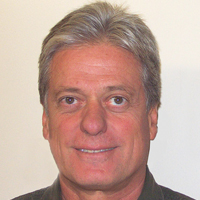
Daniel D. Benetti, Ph.D.
University of Miami
Rosenstiel School of Marine and Atmospheric Science
Division of Marine Affairs and Policy
4600 Rickenbacker Causeway
Miami, Florida 33149 USA
Tagged With
Related Posts
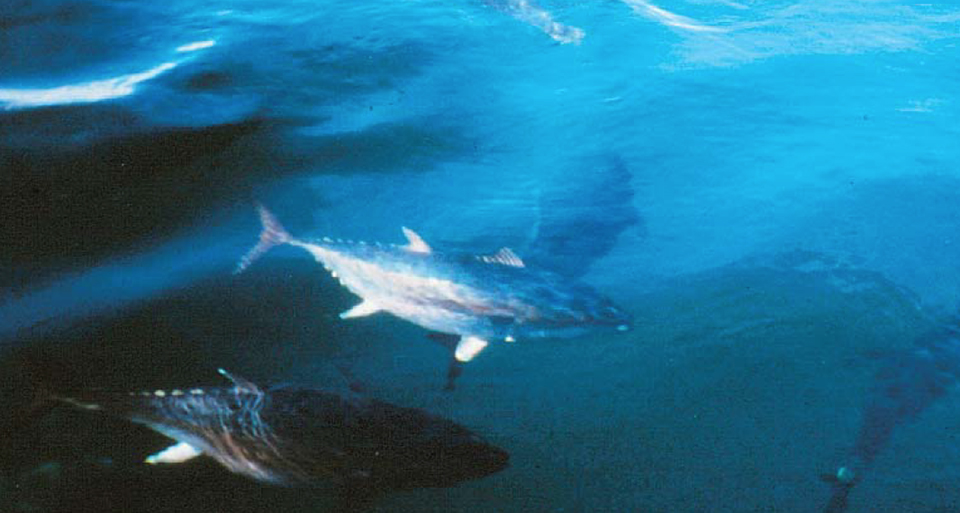
Intelligence
Aquaculture of pelagic fish, part 2
Australia’s aquaculture industry is developing rapidly, fueled by southern bluefin tuna (Thynnus maccoyii) in offshore net cages.

Intelligence
Aquaculture of pelagic fish, part 1
Cage culture of yellowtail (Seriola quinqueradiata) in Japan is one of the most traditional and profitable aquaculture industries worldwide.
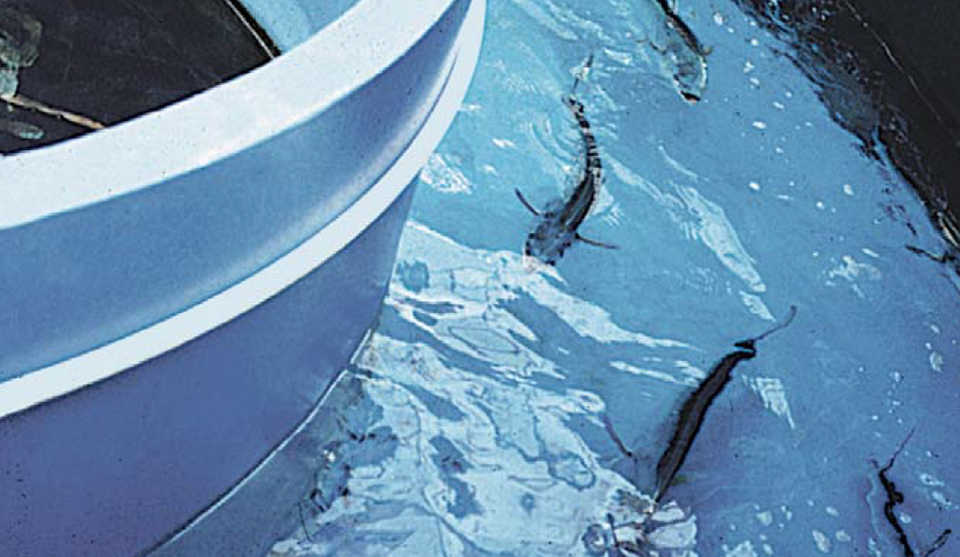
Intelligence
Aquaculture of pelagic fish, part 4
Mahimahi, also known as dolphin fish and dorado, has long been recognized as a high-value pelagic fish with excellent potential for aquaculture.
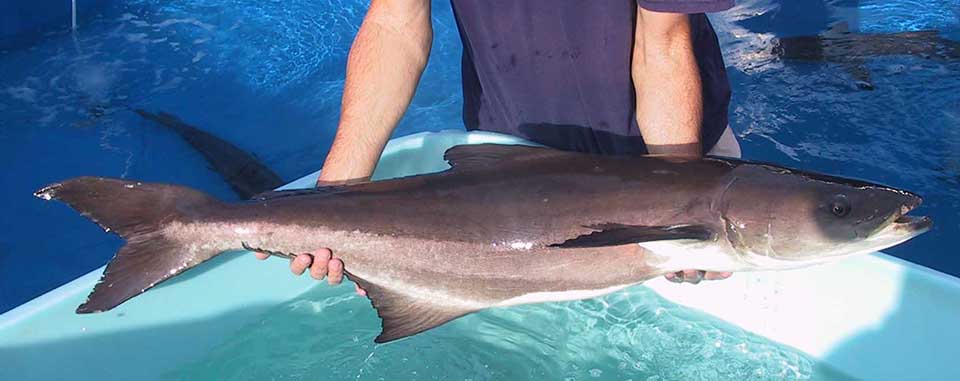
Intelligence
Aquaculture of pelagic fish, part 5
The hatchery and cage culture of cobia in Taiwan, where these fish are known as “lings,” has developed into a successful industry.


